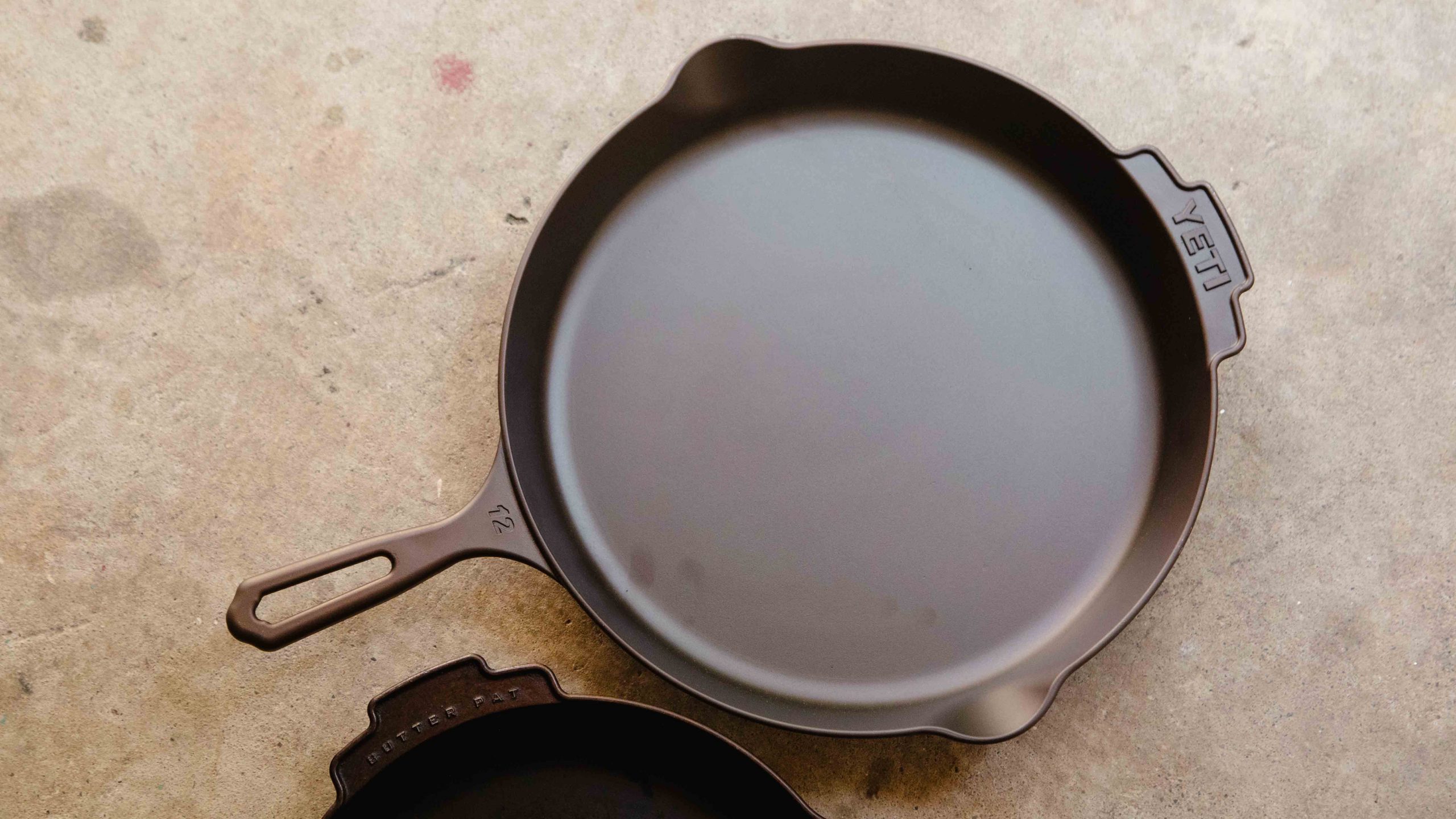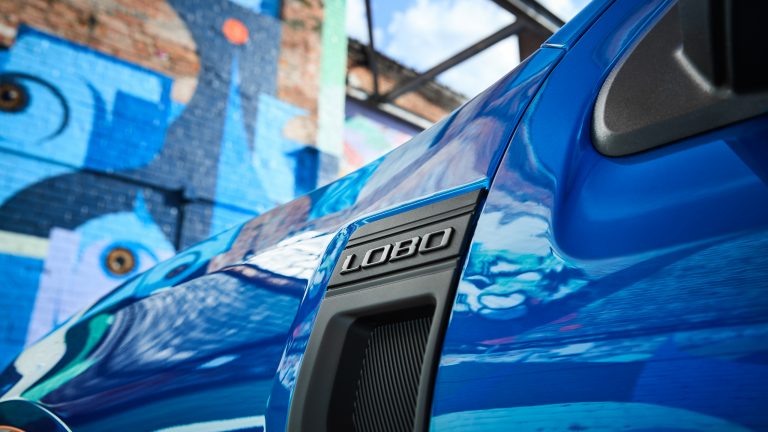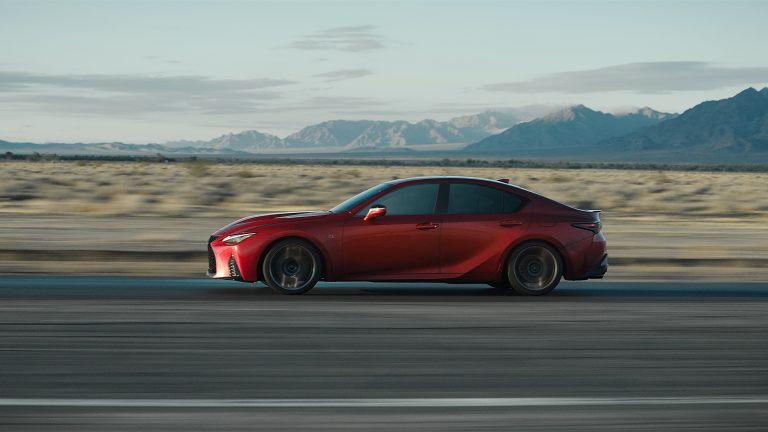Yeti Just Released Its First Collection of Cast-Iron Skillets

Every product is carefully selected by our editors. If you buy from a link, we may earn a commission. Learn more
After acquiring one of the country’s best skillet manufacturers, America’s favorite cooler brand is now its favorite cookware brand.
Mere months after acquiring Butter Pat Industries, one of America’s premiere manufacturers of cast-iron cookware, Yeti is already set to show the world exactly what it’s been cooking up.
Meet the company’s new collection of cast-iron skillets, available now in three sizes — 8, 10 and 12 inches — starting at $150.
 Yeti
YetiNew Release
Yeti Cast Iron Skillet
Just like old times
Similar to the skillets Butter Pat Industries used to sell, Yeti’s new line is made in the USA — something the brand knows is important to not only to its cooler customers but fans of Butter Pat Industries, too.
“We realize the importance of heritage cast iron, in general,” Stephen Barnett, a principal product manager for Yeti’s culinary division, told Gear Patrol. “We want to do right by the product and the brand.”
“We realize the importance of heritage cast iron. We want to do right by the product and the brand.”
While production of the pans has moved to a foundry in Wisconsin, “it’s as close as you can get to how it’s been made previously,” Barnett said. In fact, it might even be better.

Yeti’s cast-iron skillets are cast smooth by hand, instead of machined down — or worse, simply left rough like sandpaper. Though it takes the brand “weeks not days,” Barnett said, but benefits are “worth their weight in gold.”
Because the skillets are void of machine marks, they take to seasoning exceptionally well, and delicate foods like eggs or fish can be cooked right out of the box. (The pans come preseasoned with beeswax and grapeseed oil to help cooks along.)

But the real benefit — as least as far as Yeti is concerned — is that the old-school casting method, which Butter Pat Industries founder Dennis Powell sourced from manuals and guides from the 1800s, lets the brand cut weight where it’s not needed (such as the walls).
“What’s nice about this is, because it’s a little bit lighter, you start to move it around a little bit more.”
“We all remember our grandparents maybe keeping that cast iron on the stove in the back corner, and it does not move. It’s big, it’s heavy.
“What’s nice about this is, because it’s a little bit lighter, you start to move it around a little bit more,” Barnett said.

“Built for the wild”
Yeti at its core is an outdoor brand. Its tagline is Built for the Wild — and, in case you forget it, those words are stamped to the bottom of the pan.
(Easter egg: the marks have been been flipped from those on Butter Pat skillets so Yeti’s logo and tagline can be read when the pan is hanging by the handle.)

“We want to make sure that this thing is comfortable to use over an open flame outdoors,” Barnett said.
Though Yeti’s skillets are almost indistinguishable from the ones that used to carry the name Butter Pat Industries, holding them side by side reveals some small differences.
The first one is the handle, which Yeti rethought along with Powell. It’s still hollow underneath (to keep it as cool as possible over heat), but it’s now longer and just a touch rounder than the ones that previously featured on Butter Pat skillets.
“We were able to roll the edges just a little bit,” Barnett said. “Even Dennis will tell you that it’s a much better handle than it was before.”
Culinary chops
Another small change includes the numbers stamped on each handle. Unlike some heritage brands, Yeti opted to have each pan correspond to its diameter. However, it dropped the inch mark as nod to cast iron’s past.
“Stoves back in the day had numbers to their corresponding skillet that would fit in that space,” Barnett said. “We still wanted to nod to that by not including the inch mark. But customers that are [new] to cast iron will need to understand that it’s a 12-inch pan.”

At the end of the day, Yeti hopes the pans bridge that gap between cast-iron enthusiasts looking to grow their collection and outdoorspeople who have never used one before. It also thinks, according to Barnett, that the company is uniquely suited to the task.
“We’ve always been tied into the culinary space, whether it’s folks using coolers to keep their brisket warm or their mise en place cold at events,” he said.
“We’ve always been tied into the culinary space, whether it’s folks using coolers to keep their brisket warm or their mise en place cold.”
On the press release, Yeti calls its new release the “last skillet you’ll ever need.” While that may be true, who could blame you for wanting one in every size?
The 8-, 10- and 12-inch skillets are available now on Yeti’s website.
 Yeti
YetiNew Release
Yeti Cast Iron Skillet
Related Topics
Source: www.gearpatrol.com






